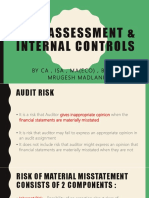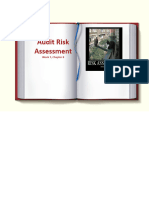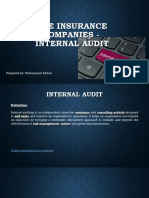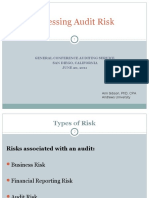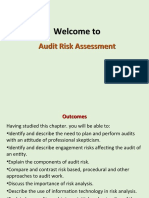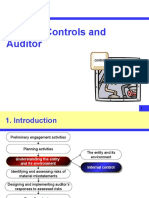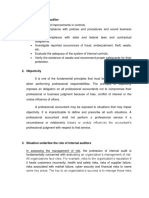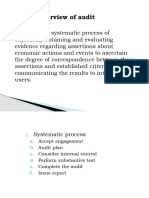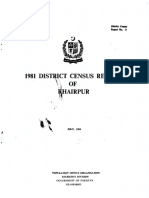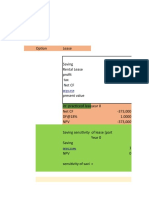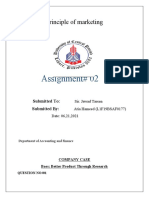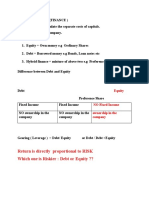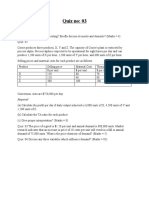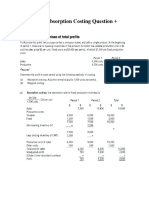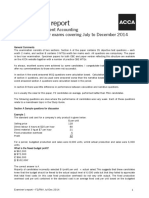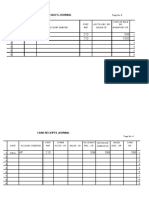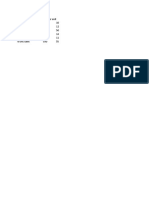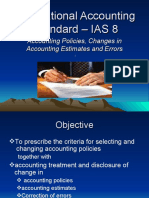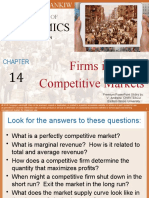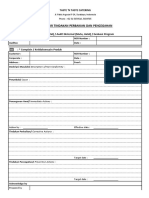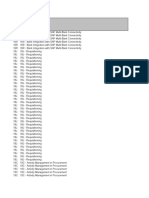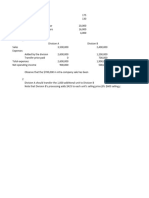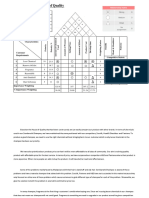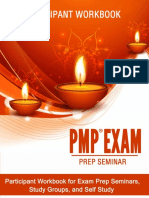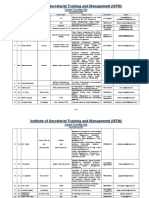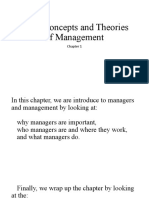0% found this document useful (0 votes)
97 views5 pagesAuditing & Risk Assessment Guide
This document discusses the relationship between auditing and risk assessment from both internal and external perspectives. It defines auditing as examining accounts and records to check for accuracy, and risk assessment as identifying potential hazards and evaluating risks to prevent issues. From an internal standpoint, auditing helps identify and assess risks to reduce them to manageable levels through controls, while externally, risk assessment involves engaging employees to identify risks of misstatement or weaknesses to inform the audit. The auditor is responsible under ISA 240 for identifying fraud risks through appropriate audit procedures and maintaining professional skepticism.
Uploaded by
Syeda ToobaCopyright
© © All Rights Reserved
We take content rights seriously. If you suspect this is your content, claim it here.
Available Formats
Download as DOCX, PDF, TXT or read online on Scribd
0% found this document useful (0 votes)
97 views5 pagesAuditing & Risk Assessment Guide
This document discusses the relationship between auditing and risk assessment from both internal and external perspectives. It defines auditing as examining accounts and records to check for accuracy, and risk assessment as identifying potential hazards and evaluating risks to prevent issues. From an internal standpoint, auditing helps identify and assess risks to reduce them to manageable levels through controls, while externally, risk assessment involves engaging employees to identify risks of misstatement or weaknesses to inform the audit. The auditor is responsible under ISA 240 for identifying fraud risks through appropriate audit procedures and maintaining professional skepticism.
Uploaded by
Syeda ToobaCopyright
© © All Rights Reserved
We take content rights seriously. If you suspect this is your content, claim it here.
Available Formats
Download as DOCX, PDF, TXT or read online on Scribd
/ 5
